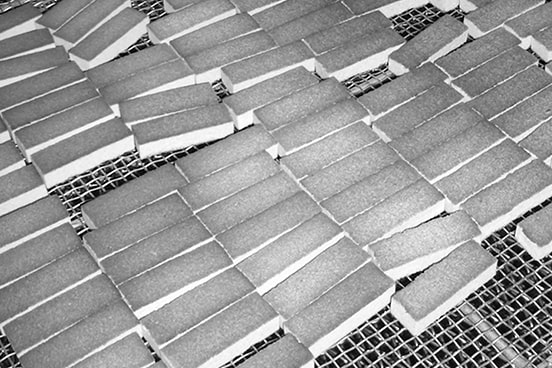
About
唐土庵のこと
How Morokoshi are Made
「もろこし」ができるまで
Akita's traditional molded confectionery, Morokoshi is produced by the following procedures.
Although some steps are automated these days, we value the fundamental traditional production method. The craftsmanship, which puts time
and effort in the production has never been compromised to further improve Morokoshi's flavor and texture.
01 Growing adzuki beans
In Japanese, adzuki in Kanji characters literally means "small bean". In Chinese, adzuki is often called "red mung bean," and is regarded as a bean bringing many lucks.
We use only domestic adzuki beans, mainly grown in
Hokkaido for our products.
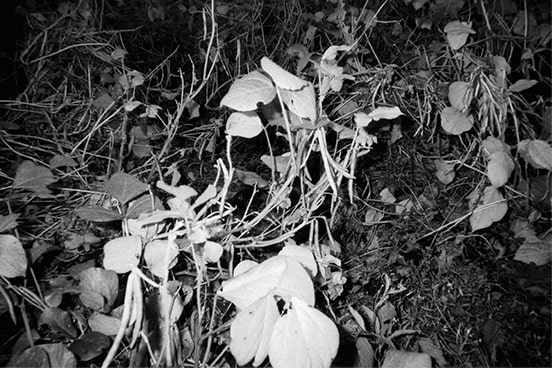

02 Drying adzuki beans
Allow harvested branches of the beans to dry by exposing them to the sun for about 15 days.
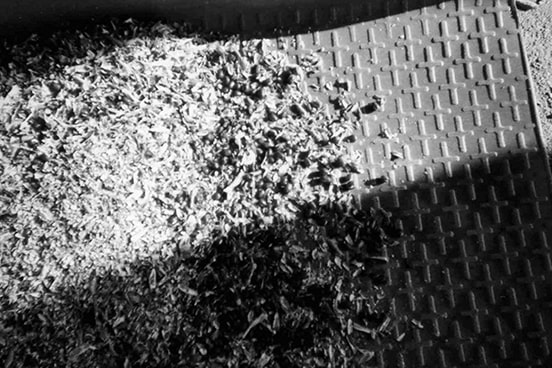

03 Picking adzuki beans from the branches
Remove dried pods from the branches and take only the adzuki beans out from the pods.
This process was done manually in the past as the image shows. Threshers are used for this process today.
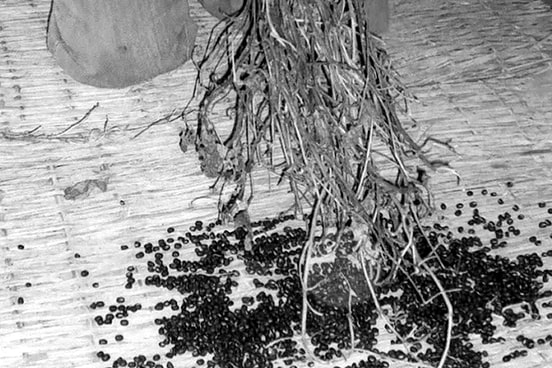

04 Roasting adzuki beans
Roast adzuki beans thoroughly at high heat to bring out the flavor and aroma.
In the past, adzuki beans were manually roasted in a pan as the image shows. Today, we use roasters to produce the same results as manual labor,
and to stabilize the flavor.
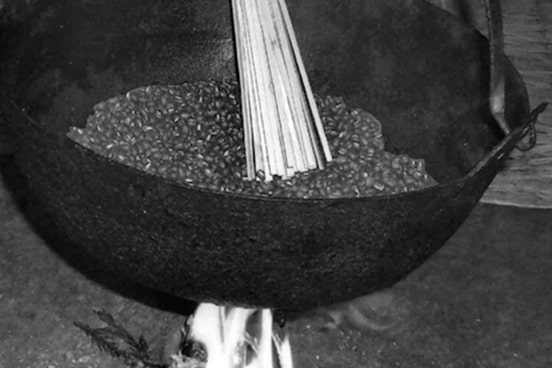

05 Grinding adzuki beans with a millstone
Grind roasted adzuki beans with a mill to make fine powder.
Today, special mills grind adzuki beans finer, which make the texture of Morokoshi smoother.
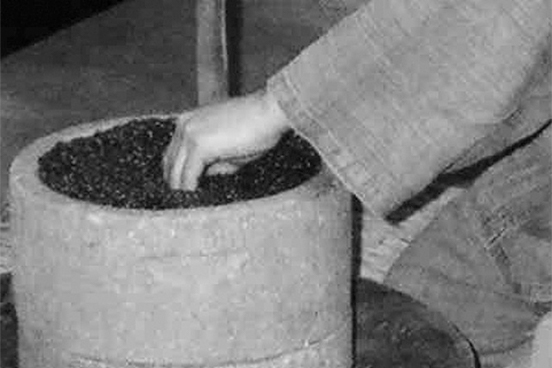

06 Blending ingredients
Blend adzuki bean flour, sugar and water. The combination ratio of the ingredients and the blending process are the keys to make the perfect Morokoshi. This tests the skills of artisans.
Today, the use of mixers allows
us to make the texture finer. Matcha powder or powdered adzuki bean paste is added to the mixture to make our Morokoshi distinct from others.
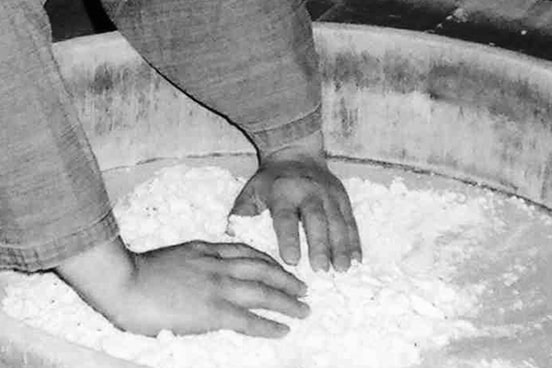

07 Pouring the mixture into a mold
Morokoshi is a type of molded confectionery, which is regarded as the origin of traditional Japanese sweets. We use molds to shape our products, and this process is the most important process to make Morokoshi.
Wooden
molds were used in the past. Today, we use resin molds. The fine manual adjustments by skilled artisans to create various shapes still remains the same.
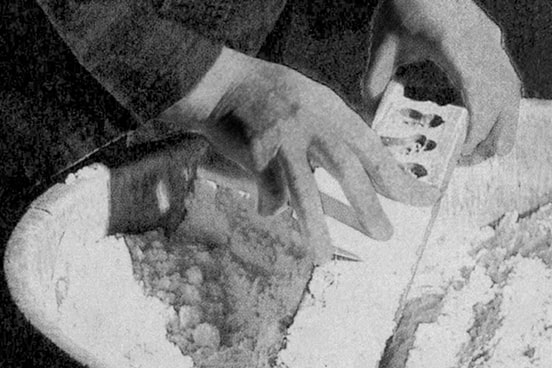

08 Leaving the dough to dry or uncooked
The molded Morokoshi dough is placed in a drying furnace.
We adjust the time and temperature depending on the product. However, fine adjustments are essential as they can greatly affect the quality of the finished product.
Our signature product, Nama Morokoshi is not dried with the drying furnace.
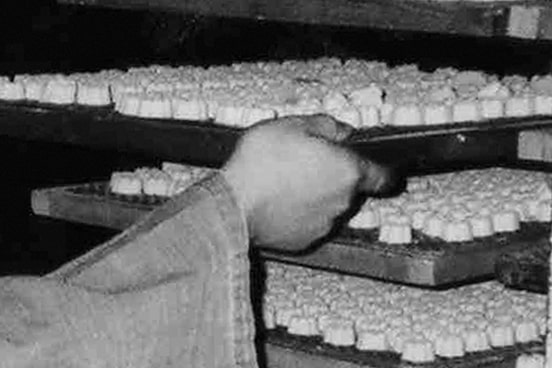

09 Grilling the surface
For the finishing touch, the surface of dried Morokoshi is grilled where temperature and time is controlled. The thinner type of Morokoshi particularly requires stricter temperature and time control as this will greatly affect the quality of the final product.
